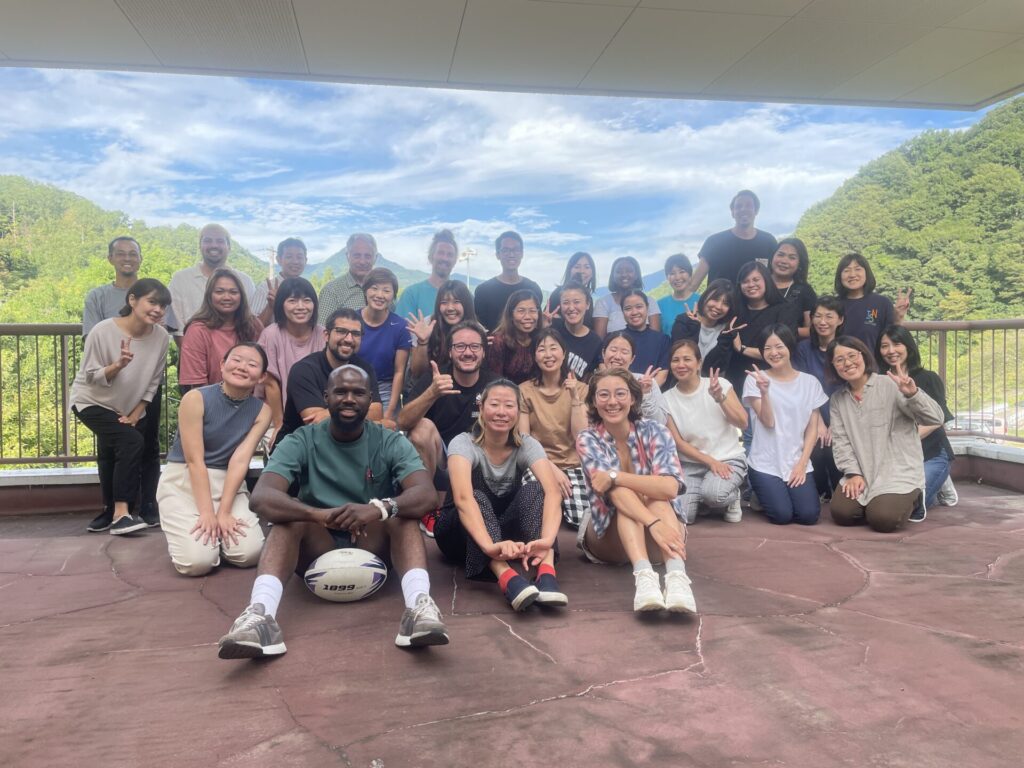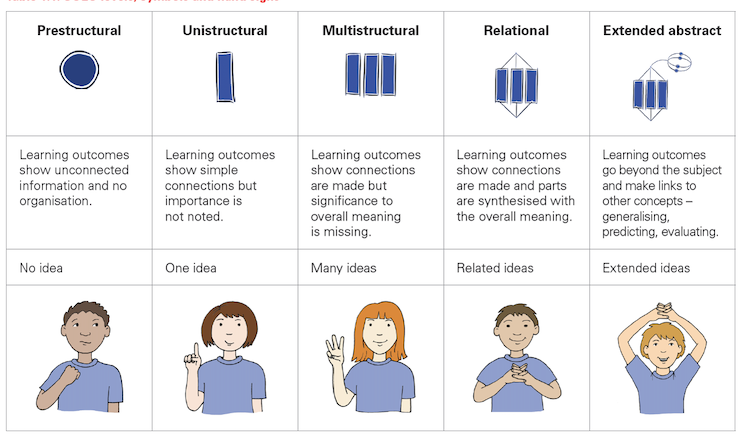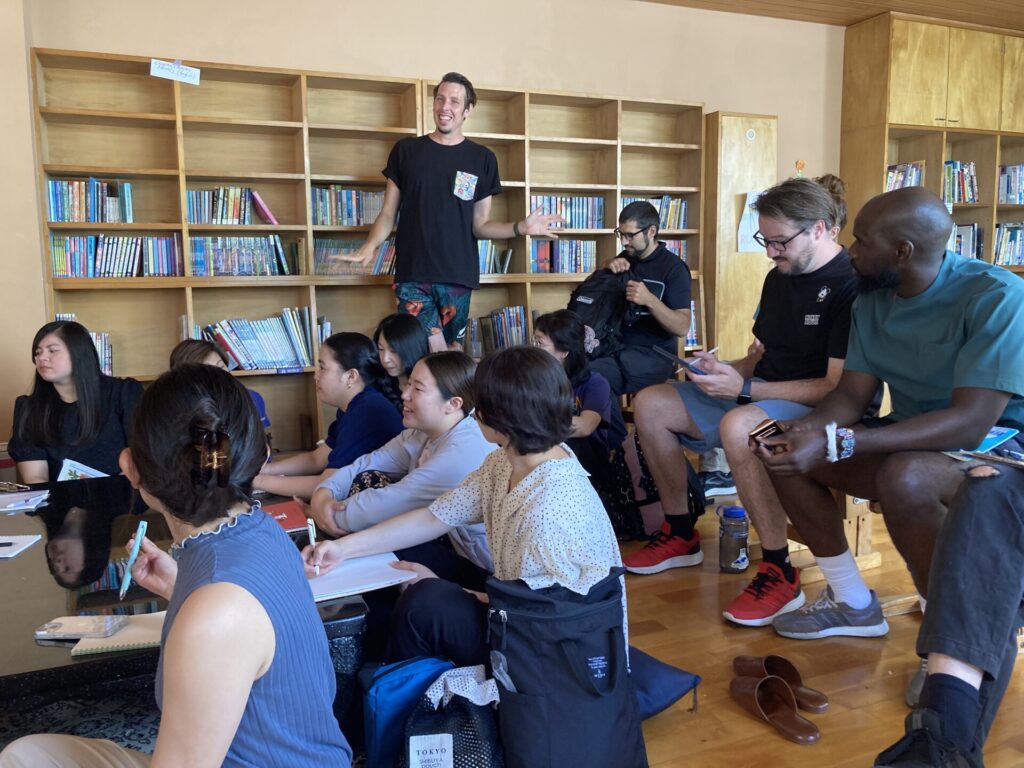
On Saturday, September 2, 2023, our second “all campus workshop” was held for all staff of all ISN campuses.
Firstly, I would like to give you my overall impression: ….
Our first workshop in July was great and created a clear, “I’m glad I did it!” feeling in all of us. This first session was a good ice-breaker, and the atmosphere was even better the second time around. Both the organizers and participants were visibly and naturally learning and growing more than the previous session.
One of our goals this time was to align ourselves with the “What are the ISN standards?”. After having made sure this was clear to everyone, we were able to move on to the first step of growth: observational training.
Understanding individuality. Acceptance. Listening. Giving feedback. Evaluating and being evaluated. Assessing. → “confirming where we are” (i.e., identify growth potential and methods) Not being judged and not judging.
It’s important that we value both strengths and weaknesses. We need to become more generous in giving and receiving than anyone else. In order for students to become so, we need to practice this method first.
The theme of this year’s conference is “Positive Education & Communication”.
SOLO Taxonomy (5 levels), the ISN and IB evaluation method, will be used as a reflection tool, not only for the students, but also for our team and individual staff members.
As an ISN staff member, you need to have the awareness of level 4 and the ability to do level 5, and actually create a positive impact and result, rather than be comfortable being between level 2 and level 3. On this level we feel you can not be a role model in front of a team of students. At this stage you are “just doing your own thing.” The vector (interest) remains directed toward oneself. The awareness of turning the vector outward is itself “thinking of the other person” and aligns your own mind. The curriculum, the class design, the way of speaking, the goal, the way of thinking should always be: “for whom?”. It is a confirmation that the focus is not on “me” but on “the children”.
I showed what I wanted to achieve with staff members during the morning meeting.
I looked the students in the eye and greeted them with a loud, clear, and energetic good morning!
What are you delivering (the purpose of the greeting)?
I greeted with an energetic smile and a high pitched voice and didn’t start the session until I made eye contact with all the participants (especially since it’s a training session, so I made it easy to understand).
Then, to ask how everyone is doing, I ask this question.
“In the scale of 1 to 5, 1 being Low, 5 being Excellent, show me with your fingers how you are doing today?”
“What can you do to make the number higher?”
Then I asked the staff.
Where is their awareness of themselves on a scale of 1 to 5 in creating the best starting state for the children? “…. .how often do you start a day like this?”
I asked the teachers who said they “understood” SOLO Taxonomy to explain it to me. Then we checked together how the teachers who did not understand it see it.
Then, “Thinking about ME or OTHERS…?” We reflected on the theme of education at ISN.
Education is about:
The process of understanding who we are (both our strengths and weaknesses), deeply understanding the compassion we have, and practicing giving it and receiving it from those around us.
Listening (because when you begin to understand, you become interested) with the purpose of understanding what the other person is saying (in extreme cases, whether you are interested or not), being considerate of the other person.
Why are certain people pedagogical leaders? Because they are ➞ level 4 and level 5 (the awareness and ability to create and implement positive change/improvement with others) stronger than average.
WHAT do we have to give? A big smile? A loud greeting? A sharing of failure stories? A big smile? Punctuality? Holding the door open for someone? Time to be there and listen? Approval? Jokes? We reviewed with each person HOW (often) do we give?
Then we reviewed the significance of the school policy.
Where do you see school culture? “Purpose, culture, and learning environment” are defined in school policy. Who needs to understand our school policy?” → the whole school community
Students, parents, and staff confirmed the meaning of meeting with each other.
What is the purpose of 1 on 1 meetings? → “for the speaker to organize their thoughts” and also “for the listener to understand the speaker’s situation” The purpose is to help the speaker organize their thoughts. And to understand yourself and the other person’s situation.
Don’t be an advisor. If an idea arises that says, “How about this…?”, say, “I thought of this, what do you think?” and make a gentle suggestion. It is always the “other party” who decides. If you don’t make the decision yourself, it doesn’t become your own thing. It does not become your responsibility, and it does not give you confidence.
That is why, in the inquiry based approach (IB), the adults around you, and even among the students, should not be thinking “I think this way” as a vector, but as a vector to the other person (i.e., “What do you want to do?”). It is very important to improve the skill of asking appropriate questions that help students think for themselves.
Smart staff, students, and staff members all have a tendency to become advisors. We need to learn to keep that in check and do our best to “support” the person in front of you the way they want to do it, at their speed and at their pace. * Support (assistance, awareness of equal relationship), not help (superior, awareness of hierarchical relationship).
This time, we practiced “listening” and “asking good questions” in a 1 on 1 meeting using the GROW model. The topic was … What are your current problems at school, and what would you like to do?
G: Goal R: Reality Check O: Options W: Will
Ask and Listen to the speaker’s real issue, until the listener can picture it in his/her mind clearly (5W1H)
Ask and Listen to the speaker how they actually want it to be and why. Ask: What does it mean to the speaker?
Ask and Listen to the methods (5W1H) how can the speaker overcome the obstacles? Try not to give opinions and ideas.
Ask and Listen to how the speaker feels about it now (confirmation of their motivation). How does it feel to speak now and can they put it into words? A “good question” from the listener creates a state in which what is in the speaker’s head is verbalized so that the speaker can understand it best.
After this workshop, we have been reflecting on what we have done so far and are introducing these new concepts into our classrooms and campuses.





